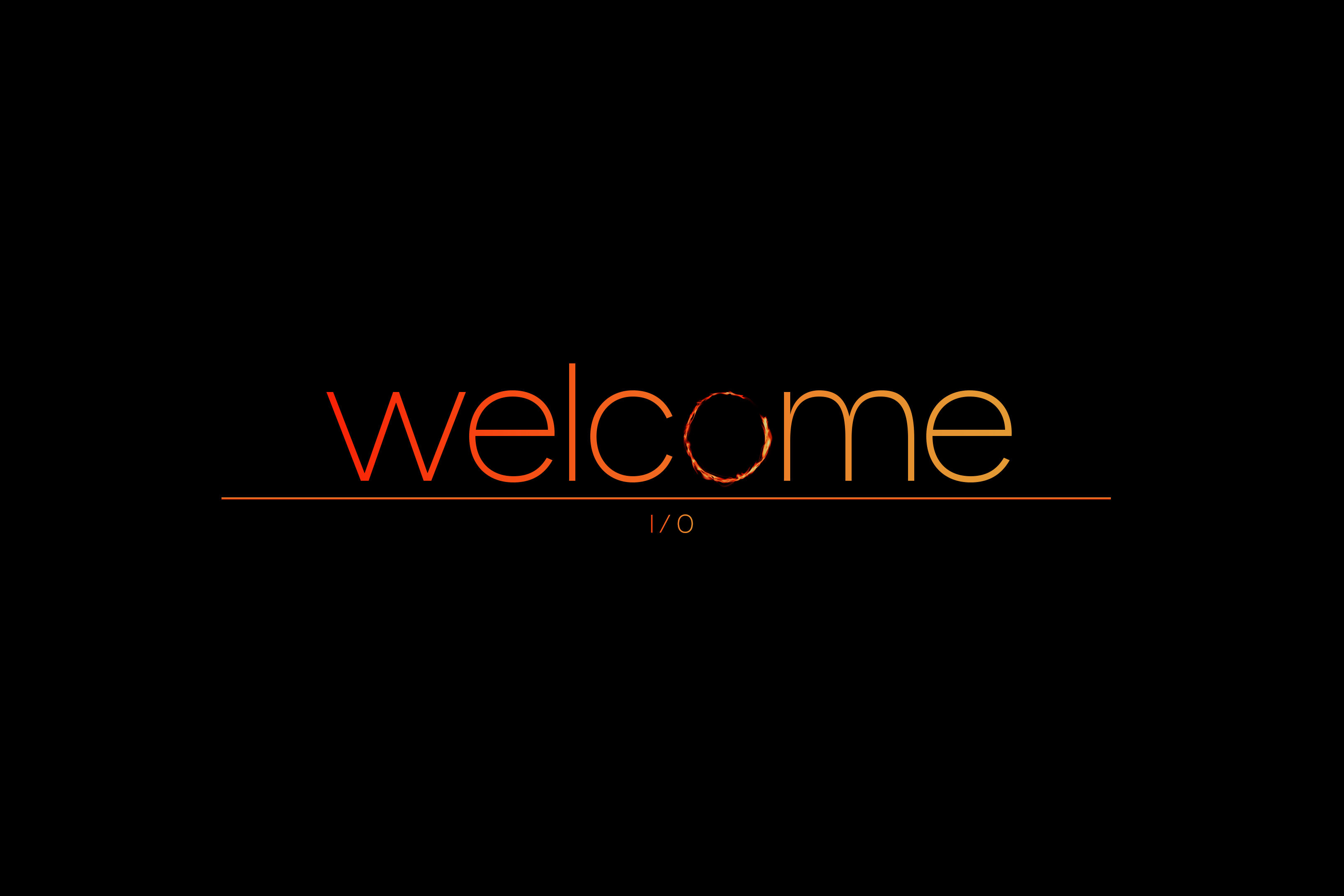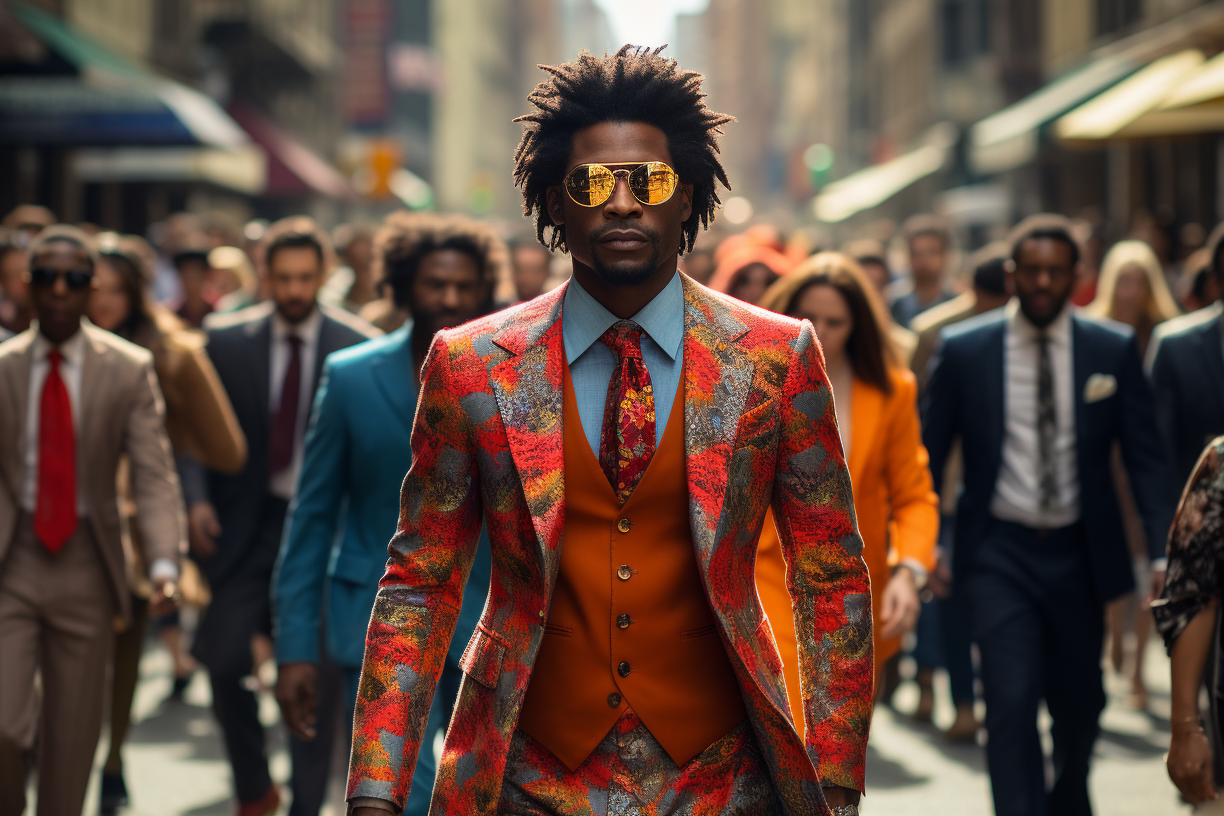A Unique Journey
Becoming a creative professional is a unique journey that requires embracing a specific mindset. It’s a path that demands not only technical skill and talent but also a profound dedication to the craft. This journey is marked by constant learning, an unyielding passion for creation, and the courage to express oneself authentically.
As a creative individual, you must be prepared to dive deep into your inner world, exploring and sharing your vision in a way that resonates with others. It’s about finding that delicate balance between personal expression and public appeal, all the while staying true to your artistic voice. This profession is not just a career; it’s a calling that intertwines your life, your experiences, and your perspectives, turning them into art that speaks to and inspires others.
In this series of articles on The Creative Mindset, we will delve into the mindset required to embrace the challenges and opportunities that come with pursuing a creative career. By exploring various aspects such as embracing vulnerability, cultivating resilience, nurturing a growth mindset, fostering open-mindedness, and finding passion and purpose, we can unlock our full potential as creative professionals.
I am seeking, I am striving, I am in it with all my heart.
— Vincent Van Gogh
I am seeking, I am striving, I am in it with all my heart.
— Vincent Van Gogh
Embracing the Artist's Journey: One Step at a Time
Embarking on a creative career can often feel daunting. It is a path often full of doubt and uncertainty. By accepting and seeing the path as a journey, we can treat each challenge as a necessary step towards growth and self-discovery. Understanding that growth and change are gradual processes can help us overcome our fears and insecurities and strengthen our perseverance and resilience.
This way of thinking helps us to understand that every experience, whether positive or negative, contributes to our artistic and personal development. It encourages us to continue to devote ourselves to our craft despite adversity and creative blocks. This approach helps us not only to navigate the complexities of the creative process, but also to enrich our life experience as a whole.
In this journey, every step, no matter how small, is part of a bigger step: embracing adventure and transformation, both as artists and as individuals. By appreciating the small victories and learning from our mistakes, we can cultivate progress and success, feed our passions and nurture our creative spirit.
Embracing Vulnerability and Fear
Creativity is deeply linked to vulnerability. It’s about exposing your deepest thoughts, ideas and feelings through your work, which can be very difficult. The act of opening up can feel like exposing yourself and being vulnerable to criticism and rejection. But it is this vulnerability that stimulates true creativity. By baring your soul, you achieve the rawest expression and bring authenticity and depth to your work. Being vulnerable in the creative process is an act of courage, but it’s also where the magic really happens.
Accepting the fear and uncertainty inherent in a creative career is a liberating experience. The journey of the creative professional is often fraught with ambiguity. There are no guaranteed results, no assured success. But it is in accepting this uncertainty that true freedom lies. Instead of running away from the unknown, acknowledging it allows us to take risks and make bold choices in our art. This acceptance does not eliminate fear, but it can transform it from a paralysing force into a motivating one. It allows us to focus our energy on creating something truly meaningful and original, rather than on the fear of the unknown.
Stepping out of our comfort zones is key to embracing vulnerability and enhancing our creativity. When we allow ourselves to venture into unfamiliar territory, whether it’s a new artistic medium, a different style or an unfamiliar subject, we open ourselves up to a world of new ideas, experiences and perspectives. This openness is the foundation of creative development. It challenges preconceptions, pushes boundaries and stimulates the mind. The willingness to be vulnerable and explore the unknown leads to innovative thinking and a quantum leap in creativity. It is in these moments of uncertainty and exposure that we find our most creative selves.
Nurturing a Growth Mindset, Curiosity, and a Thirst for Knowledge
The concept of a growth mindset, developed by psychologist Carol Dweck, is based on the belief that abilities and intelligence can be expanded. It is a powerful framework that fosters resilience in the face of difficulties. Adopting a growth mindset enables people to see difficulties as opportunities for growth rather than insurmountable obstacles. This mindset is essential for developing skills, as it encourages people to push their comfort zone, ask for feedback, learn from their mistakes and persevere in the face of failure.
Curiosity is the fuel of lifelong learning. It encourages us to explore, to ask questions and to seek to understand. In the context of honing our craft, curiosity drives us to go beyond superficial knowledge and delve deeper into our area of expertise. This is a Zen Buddhist concept of adopting a beginner’s mind, proceeding with an open mind and without prejudice, even when learning at a high level of sophistication. This open-mindedness is essential for discovering new techniques, perspectives and innovations in any given field.
An insatiable thirst for knowledge complements curiosity. This is the action-oriented aspect of curiosity – the pursuit of learning. By honing skills, the thirst for knowledge translates into continuous learning, whether through formal channels, self-directed learning, mentoring or work experience. Knowledge is not just power, but a tool, a path and a destination on the road to mastery. Knowledge is an understanding of the historical context, current trends and future opportunities in a field.
There are several strategies for integrating these elements into a skills enhancement approach:
- Embrace Challenges: challenges are opportunities for growth. Every obstacle is a teacher in disguise, teaching lessons in mastery.
- Be Open to Feedback: constructive criticism is a gift. It’s a mirror that reflects your weaknesses and areas for improvement.
- Reflect and Meditate: adopt practices that promote mental clarity and self-awareness. Mindfulness meditation is particularly effective for maintaining concentration and cultivating an open and curious state of mind.
- Read Widely and Deeply: broaden your knowledge base not only in your area of expertise, but also in related or seemingly unrelated fields. Interdisciplinary learning stimulates innovative ideas and approaches.
- Set Learning Goals: set clear and achievable goals for your learning journey. These may include mastering specific skills, understanding new theories or putting concepts into practice.
- Practice Regularly: mastery comes from consistent and deliberate practice. Take the time to refine your skills and apply what you’ve learned.
The illiterate of the 21st century will not be those who cannot read and write, but those who cannot learn, unlearn, and relearn
— Alvin Toffler
The illiterate of the 21st century will not be those who cannot read and write, but those who cannot learn, unlearn, and relearn.
— Alvin Toffler
Openness, Flexibility, and Adaptability
Open-mindedness, openness to new experiences, flexibility, and adaptability are indispensable qualities for anyone aspiring to become a creative professional. Allow me to shed some light on the significance of these traits and their role in your creative journey.
Open-mindedness is the gateway to boundless creativity. It involves being receptive to new ideas, perspectives, and possibilities. By approaching situations without preconceived notions or judgement, you open yourself up to a world of inspiration and innovation. As a creative professional, open-mindedness enables you to explore uncharted territories, challenge existing paradigms, and venture into unexplored creative realms.
Openness to new experiences complements open-mindedness by fueling your creative wellspring. When you embrace new experiences, you expose yourself to a wealth of diverse influences that shape your creative process. Whether it’s traveling to different places, engaging with different cultures, or diving into unfamiliar disciplines, each new experience becomes a well from which you can draw inspiration and unique perspectives.
Flexibility is the key to adaptability and maintaining creative flow. It involves being willing to adjust your methods, approaches, and perspectives as the situation demands. This flexibility allows you to pivot when faced with challenges or unexpected changes. It enables you to overcome obstacles, explore alternative avenues, and find creative solutions in even the most uncertain circumstances.
Adaptability is a natural extension of flexibility, emphasizing the ability to adjust and evolve in response to changing needs and circumstances. As a creative professional, you must be attuned to the ever-evolving demands of your industry and audience. By embracing adaptability, you position yourself to thrive in a dynamic and ever-changing creative landscape.
To cultivate these qualities, it’s important to develop a growth mindset. Embrace a continuous learning mentality, seeking new knowledge and skills to expand your creative capabilities. Foster curiosity and actively seek out diverse perspectives and experiences to broaden your creative palette. Practice flexibility by embracing feedback and being open to reevaluating and refining your work. Adaptability comes from a willingness to embrace change and view it as an opportunity for growth rather than a setback.
Ultimately, open-mindedness, openness to new experiences, flexibility, and adaptability form the foundation of your creative mindset. By cultivating these qualities, you empower yourself to navigate the complex, ever-evolving landscape of creativity. Embrace the unknown, embrace challenges, and remain agile in your creative pursuits. With these traits as your guiding principles, you are poised to unleash your full creative potential and make a meaningful impact in your chosen field.
Embracing Failure and Cultivating Resilience
Failure is an inherent part of the creative journey and a truth that every creative professional must accept. Creativity requires taking risks, pushing boundaries and venturing into uncharted territory. But it’s through these failures that we learn, grow and succeed.
Reframing failure as an opportunity for growth is essential to developing the perseverance necessary for long-term success in the creative field. This shift in mindset enables professionals to approach failure from a constructive perspective and to understand that each failure contributes to their overall growth and mastery of their craft. It’s about accepting adversity not as an obstacle, but as a catalyst for personal and professional growth.
In this context, resilience is not simply about recovering from failure, but about using these experiences to build stronger, more flexible and innovative approaches to creativity. By viewing failure through this prism, creative professionals can develop the strength and determination to navigate the often unpredictable waters of the field, paving the way for success and fulfilment in artistic pursuits.
Another important aspect of developing resilience is putting a support system in place. Surrounding yourself with people who believe in you, encourage you and give you constructive feedback can help you overcome setbacks and failures with resilience. A strong support system gives you the confidence and motivation to keep moving forward, even in difficult times.
Also, it’s important to practise self-compassion and take care of yourself. It’s natural to be hard on yourself when faced with failure, but it’s important to treat yourself with kindness and understanding. Compassion will help you bounce back more quickly and pursue your creative goals.
Ultimately, embracing failure and cultivating resilience as a creative professional requires a shift in mindset, a strong support system and self-compassion. By embracing failure as a stepping stone, bouncing back from setbacks and taking care of ourselves, we can overcome the difficulties of the creative process with resilience and, ultimately, realise our creative aspirations.
Fostering Passion and Purpose
Passion is a vital element in the work of creative professionals. It is the driving force behind artists, writers, musicians and other creators in their respective fields. When a person’s work is motivated by passion, it transcends mere occupation and becomes a form of self-expression and an extension of the self. This deep enthusiasm and love for one’s work keeps the creative flame burning, even in the face of difficulties and doubts. Passion not only enhances creativity, it also gives a tangible vitality and authenticity to the work, releasing a unique energy that resonates with others.
The concept of purpose plays an equally important role in the journey of the creative professional. It is essential to align one’s work with one’s personal values and to find meaning in the creative process. When creatives understand and connect to the deeper purpose of their work, they experience a sense of accomplishment that goes beyond financial and external success. This sense of purpose serves as a compass to guide creatives through the ups and downs of their careers. It sustains motivation and enthusiasm and ensures that the creative process is rewarding and fulfilling. Essentially, if the work is in line with a person’s values and beliefs, it not only brings personal satisfaction, but also gives added meaning to the creative output.
Fostering both passion and purpose is the key to a sustainable and influential creative career. These elements keep creatives inspired and resilient in the face of challenges. With passion and purpose at their core, creative professionals are better equipped to overcome obstacles and pursue meaningful, influential work. This combination not only enriches the lives of creative people themselves, but also influences and inspires those around them. The power of passion and purpose transcends the individual and contributes to a greater cultural and social impact, making the world a richer and more vibrant place.
The mindset needed to become a creative professional requires accepting the artist’s journey, embracing vulnerability and failure, and developing resilience. It is also about cultivating a growth mindset, one of curiosity and the pursuit of knowledge. It’s about developing open-mindedness, flexibility and adaptability whilst nurturing a sense of passion and purpose. By adopting this mindset, we can navigate the highs and lows of a creative career and achieve true fulfilment in our creative pursuits.


